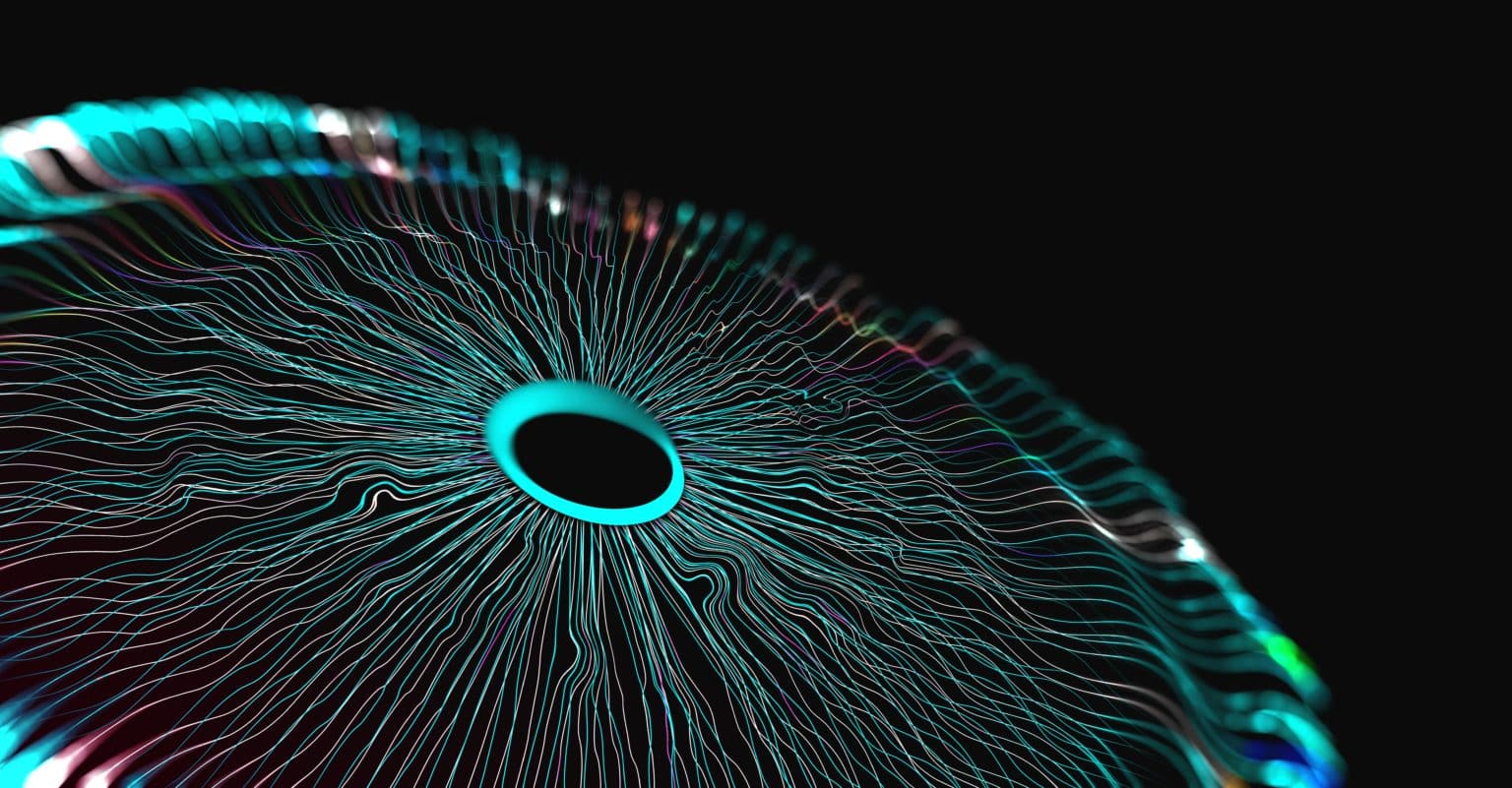Exclusive: AI and the revolution in cloud physical security


James Thorpe
Share this content
Martyn Ryder, VP Sales and Marketing, Morphean explores how AI is transforming cloud physical security and what this means for businesses and security professionals.
Edge-based processing, analytics, faster streaming capabilities, night-vision cameras and, of course, cloud connectivity and the IoT are just some of the exciting technologies that have helped to revolutionise the physical security industry in the last decade.
Advances made already in machine learning and AI are pushing the capabilities of network cameras and sensors to a new level. This is leading to improvements not only in security, but also in broader business intelligence that would simply not have been possible using legacy systems.
Interest in such solutions and the many business benefits they can deliver is prompting decision makers to seek the most effective tools to meet their specific requirements. However, deciding on the right technologies and determining how to set them up for optimum performance can be a challenge.
And, with a vast array of modern options including thermal cameras, radar systems and drone-detection technologies, making the right choice requires a greater understanding of the solutions available and how these might be best utilised.
AI-powered insights for superior security
Advanced and more accurate video surveillance is enabled by using network security products that incorporate advanced analytic capabilities, either server-based or built into the camera technology itself.
With the potential to deploy a range of situation-specific cameras and sensors, in addition to using process automation to trigger a series of measures to deter a criminal event, the SOP is simplified, thus leading to faster resolution.
The latest AI enhancements can lead to greater accuracy, for example, when used for the counting of people or object identification or when part of a system monitors traffic flow and controls parking, based on advanced analysis of vehicle movement.
In addition, the technology improves the detection of people and vehicles approaching the perimeter of a site where network cameras combined with radar or thermal technology can lock-on and track suspect parties with IP-audio speakers configured to sound alerts or alarms to deter and challenge.
Behaviour-recognition using AI
AI-driven analytics can also be used to identify and react to a range of human behaviours in real time, rather than forensically, providing actionable insights to help businesses understand more deeply how people interact with each other. Such systems can be trained with more and more data over time, improving the capabilities of the system to recognise and respond to a number of different scenarios. This can result in safer environments for staff and customers, with many applications across a wide range of settings.
As an example, a network camera that is capable of detecting and analysing raised voices near an ATM can alert security personnel to a potential incident before it escalates. Elsewhere, physical security technologies connected to a building’s management system can be used to automate a sequence of events in the event of an emergency, such as a fire or terrorist attack and control the movement of people.
Here, doors and lighting are automatically controlled and the illumination of ‘green lanes’ can direct people to designated safe exit points; this is a lifeline in a situation where panic or confusion in the event of an incident could lead to injury or even loss of life.
AI to improve emergency response
The speed with which action is taken in the event of an emergency is critical; the quicker teams respond, the more likely that assets are protected and lives saved.
Video analytics using AI are now revolutionising the fire safety industry, not as a replacement to current equipment, but to complement it. Where smoke detection devices have traditionally had to make contact with smoke or dust before the alarm sounds, cameras can now detect the very first outbreak of smoke or fire. This enables faster and smarter responses in an emergency, backed by real time visuals on the nature of the incident, which is critical for security and emergency services teams.
As physical security evolves and AI plays a bigger part, businesses will seek solutions with applications beyond security to fit their industry-specific challenges. In turn, they will need providers who understand physical security, the benefits of cloud platforms and the capabilities of networks, systems and software.
The convergence between physical security and IT is transforming our industry, giving businesses more of what they need to operate smarter and more securely. Innovative technology, partnership and collaboration therefore holds the key to helping businesses face their challenges now and in the future.
To find out more information, visit: www.morphean.com
This article was originally published in the July edition of International Security Journal. To read your FREE digital copy, click here.



